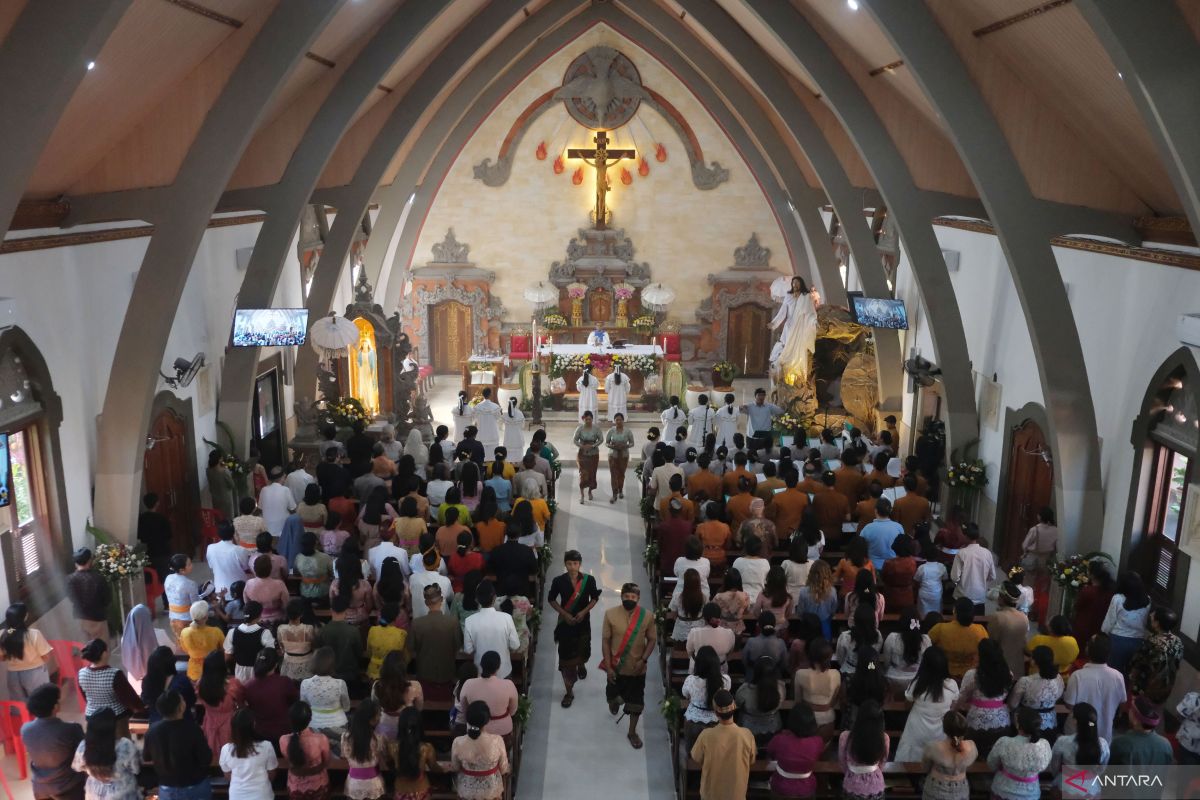At the Campbells Hill Cemetery in the Australian town of West Maitland, 25 miles inland from the New South Wales coastline, there lies a grave which stands out from those which surround it.
The magnificent marble structure is fenced by pristine, white-painted railings. Its excellence might lead you to think it pays homage to the life of one of the area’s local heroes – a former politician perhaps, or maybe even a member of the armed forces.
The reality couldn’t be more different. Indeed, the man buried there isn’t even Australian, but his extraordinary tale - and the extraordinary team he led - fully deserve such a memorial.
The tomb is a tribute to the life of Robert Seddon – the captain of the first British & Irish Lions team, who toured both Australia and New Zealand in 1888. Seddon set off for the southern hemisphere as a three-cap England international from Salford in the prime of his sporting career. He would never return.
Seddon lost his life in a boating accident, drowning while sculling on the Hunter River halfway through a mammoth 249-day tour Down Under. The first Lions skipper was buried in nearby West Maitland and the tour continued to finish the last of an epic 55 matches across 21 weeks, albeit in grief.
This Sunday, with the Lions class of 2025 once again in Australia, the organisation’s chief executive Ben Calveley and chairman Ieuan Evans will visit Campbells Hill to pay their respects. In 2013, the last time the Lions took on the Wallabies, then tour supremo Andy Irvine, captain Sam Warburton and centre Manu Tuilagi did likewise.
Robert Seddon, who perished in the Hunter River while captain of the first ever Lions tourists
A sketch of the team - who included five Scots, an Irishman, a Welshman and a Manx, despite the caption labelling them 'English' - at the port of Kaikoura on New Zealand's South Island
Seddon's grave in West Maitland, paying tribute to the captain after his death
For the people of West Maitland, their connection to Seddon and the Lions remains hugely important. Pat Howard, Maitland Rugby Club president, said: ‘We maintain the grave to a certain level each year, but every 12 years we give it a real overhaul.
‘Two years ago, we started getting things ready and it should be in A1 condition for the visit of the Lions on Sunday. We’ve washed the marble and repainted the iron railings that surround the grave. It is just phenomenal that our club has been so interlinked with the Lions for such a long period of time.
‘In the past, the visits have been a bit rushed and there hasn’t been much of a celebration, but this time we are going to do a proper memorial. We’re all very excited to be welcoming Ieuan and Ben and Rugby Australia chief executive Phil Waugh, along with some other dignitaries.
‘The responsibility of looking after the grave has been handed down over the years and now it is my honour to be involved. I am a celebrant of life, death and marriage. We want to shout from the rooftops about our association with Seddon and the Lions.’
Andy Farrell and this year’s Lions travelled to Australia in luxury, flying business class with tour sponsor Qatar Airways. WiFi was available throughout their flight.
But when the inaugural Lions set sail at the end of the 19th century, air travel and the internet were implausible concepts. The proposal for the 1888 tour was hatched not by rugby players, but three cricketers in Alfred Shaw, Arthur Shrewsbury and James Lillywhite.
It was denied recognition by the RFU. Shaw and Shrewsbury designed the tour for sporting reasons, but also as a means of making money - a cynic might say that is the main focus of the Lions in the modern era.
In an era where the vast majority of elite sportsmen were still expected to be amateurs, the 1888 Lions were all paid for their trip, some in excess of £200 (around £17,000 in today's money) – the same amount raised in West Maitland to pay for the grave and a further tribute to Seddon in a local church.
2013 captain Sam Warburton presents a wreath at Seddon's grave the last time the Lions toured Australia
Tour manager Andy Irvine, Warburton and Manu Tuilagi pay their respects in 2013
Tuilagi takes a photograph of the grave, which is tended to on a regular basis
When the 1888 Lions spent 42 days at sea travelling to the southern hemisphere, they did not have iPhones like Maro Itoje and his colleagues for company. Instead, Seddon and Co were accompanied by more than 300 stoats and weasels in the belly of their boat, SS Kaikoura, who were dropped off in New Zealand from Europe in order to contain the country’s wild rabbit population.
They set off from Tilbury in Essex and ended in Dunedin, with stops at Tenerife, Cape Town and Hobart along the way. And while Farrell has 38 players at his disposal for just nine matches on this year's tour - and the option to parachute in ready-made replacements at a moment's notice, including his son - the 22 Lions of 1888 played 19 rugby matches in New Zealand, 16 in Australia, 19 of 'Victorian Rules' (what we now consider Australian Rules, and a cricket match against Canterbury to boot.
Of the rugby matches, they would win 27 of the 35 and draw six, going unbeaten on Australian soil. Their only defeats came by scorelines that reflect the era: 1-0 and 4-0 against Taranaki and Auckland respectively (tries were worth one point in New Zealand). They were, and have continued to be, labelled as an 'English' side, but contained four Scots, an Irishman, a Welshman and a Manx, and are now considered the first Lions tourists.
Seddon, a cotton warehouse worker in Manchester, had been described as ‘good at every point of the game' in Lillywhite's 1886 Football Annual. He played for Broughton Rangers, Swinton and Lancashire, was a smidgen shy of six feet and 13 stone, and was part of England teams that suffered some of their worst ever results, including being beaten by Ireland for the first time and drawing 0-0 with Wales, which was a national disgrace back then.
His tragic end came on August 15, the morning after the Lions had been beaten by Northern Districts in a Victorian Rules match in Maitland, for which Seddon bemoaned a few wayward kicks by star back Andrew Stoddart. A forward himself, Seddon had been an automatic pick in 1888 given he was one of only three players with international experience. It meant he had the respect of his team-mates, with his leadership standing out.
While most of Seddon’s team-mates headed to nearby Newcastle to prepare for their next match, he stayed behind along with Jack Anderton and Stoddart for some fun on the river.
Seddon chose an outrigger, but despite being an experienced skuller and at 28, physically fit, he soon got into difficulty. When the outrigger capsized, Seddon was unable to free himself. He drowned wearing his red, white and blue hooped Lions jersey, and was buried in it the next day.
In an era ruled by the stiff upper lip, there was little time spent mourning. However, the Lions players broke down in tears at the news of Seddon’s death. They returned to action three days later, captained by Stoddart, and beat Queensland 13-6 in Brisbane.
An empty seat is left to mark the memory of Seddon in a team photograph
The team pose ahead of their 1888 tour - Seddon stands in a suit, furthest right. Stoddart, who replaced him as captain, is fourth from left in the front row in an all-white shirt and cap
The 38 players in the Lions' 2025 edition will pay tribute at Seddon's grave on Sunday
In one of his last letters before his death, sent to the Manchester Courier, Seddon gave an insight into his life on tour. It was, unsurprisingly, the complete opposite to that of the players of today who spend most of their spare time sipping flat whites and poring endlessly over video analysis on iPads.
Drinking, smoking and singing were the main pastimes of Seddon’s side. And then there were the outdoor pursuits. Seddon mentions ‘a day’s kangaroo hunting in the mountains’ and ‘each man cooking his own steak on the end of a long stick’.
He added: ‘It would have surprised a careful housewife at home to see the vast quantity of steaks so quickly disappear besides fowl, tinned beef and cheese.’ The hunting haul totalled 120 kangaroos and hares, most of which ‘were skinned, some of us carrying home the skins as trophies’.
Not everyone's aim was immaculate, with Seddon taking 'a few pellets in the back'. He brushed them off to play two days later against Sydney University.
In his tour letters, he paints a picture of an idyllic, life-changing exploratory experience. But he would never come back from Australia.
Despite dying more than 10,000 miles from home, Seddon’s funeral service at St Paul’s Church in Maitland was ‘packed’ – reflective of his status as a sporting icon.
Maitland Rugby Club operates in an area where rugby league and ‘Aussie Rules’ are popular, but they believe they have a ‘duty of care’ to Seddon and the Lions.
Nic White, the experienced Australian scrum-half who captained Western Force against the Lions in the 2025 tour opener, is a product of the Maitland system.
The Lions who jetted out to Australia this summer did not have to sit through a six-week boat trip, or share their vessel with 300 stoats and weasels
Nic White (left) is a product of the Maitland system and captained Western Force against the Lions in the 2025 tour opener
The grave remains immaculate, 137 years on from Seddon's tragic death
Howard added: ‘We’ve having a ceremony at the graveside at 9am and then we are going over to the club to have a community hour. After that, everyone will be heading to Newcastle for the game between Australia and Fiji.
'I knew little bits about Seddon growing up, but not a massive amount. Being on the river, we lost everything in a flood in 1955.’
This weekend, Maitland will once again honour Seddon’s legacy. His astonishing story is certainly more than worth its place in history. It is one which shows the power and heritage of the Lions – a team which has retained its importance to rugby enthusiasts from Seddon’s era through to the current days of Farrell and Itoje.
And could there be any greater example of the sport’s core values than an Australian club caring so greatly for an Englishman for 137 years and counting?

 2 months ago
17
2 months ago
17

















































